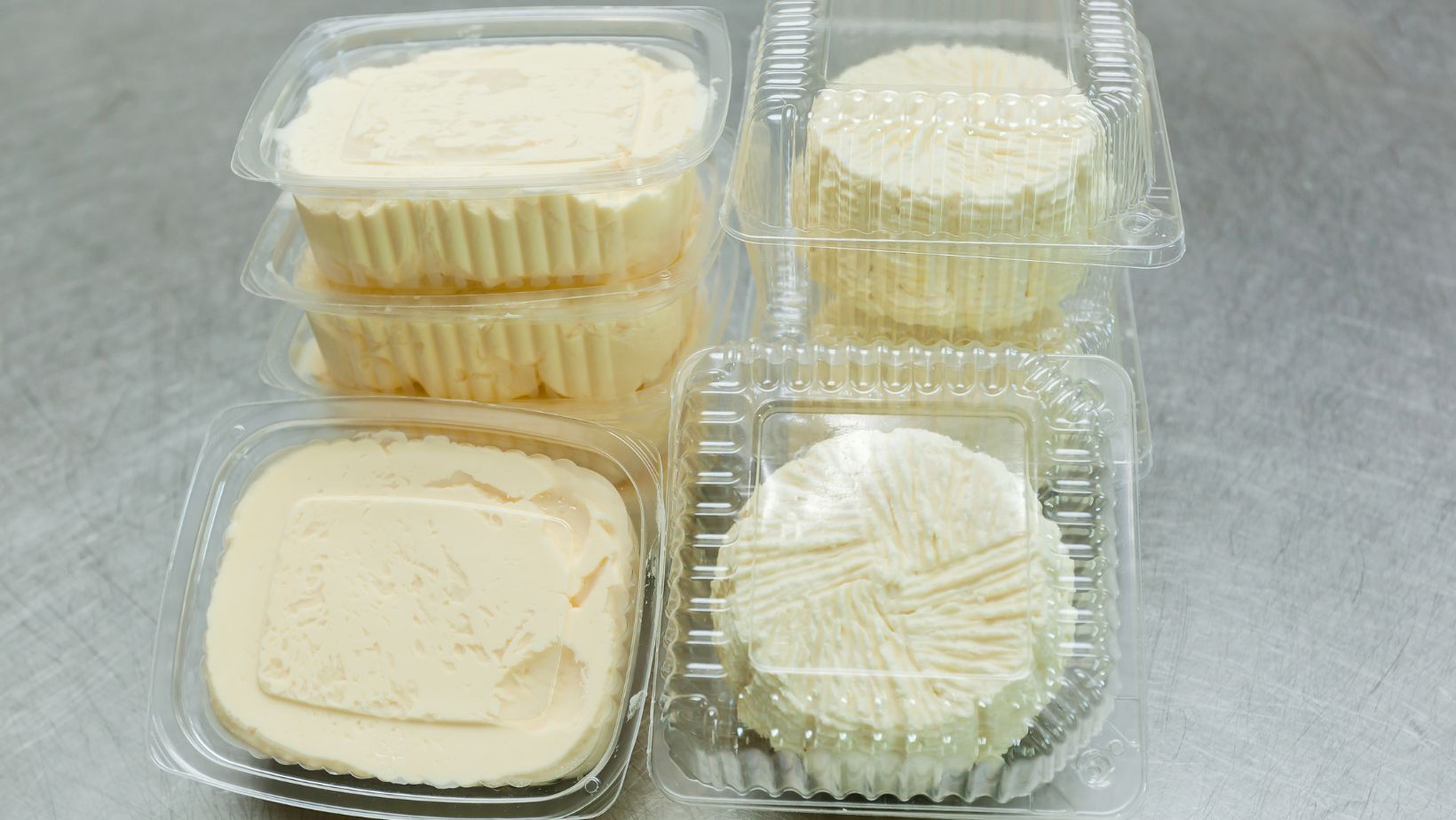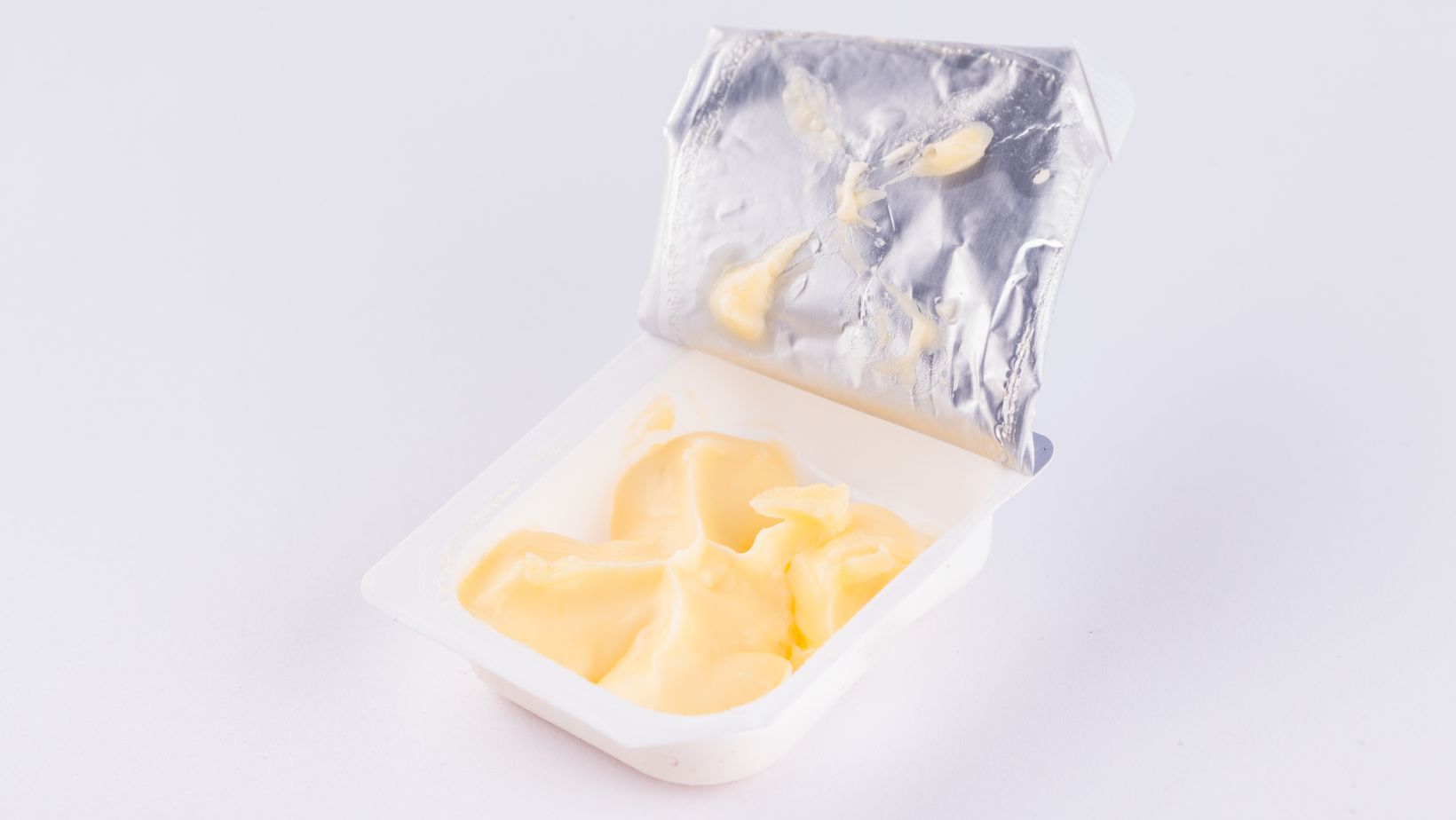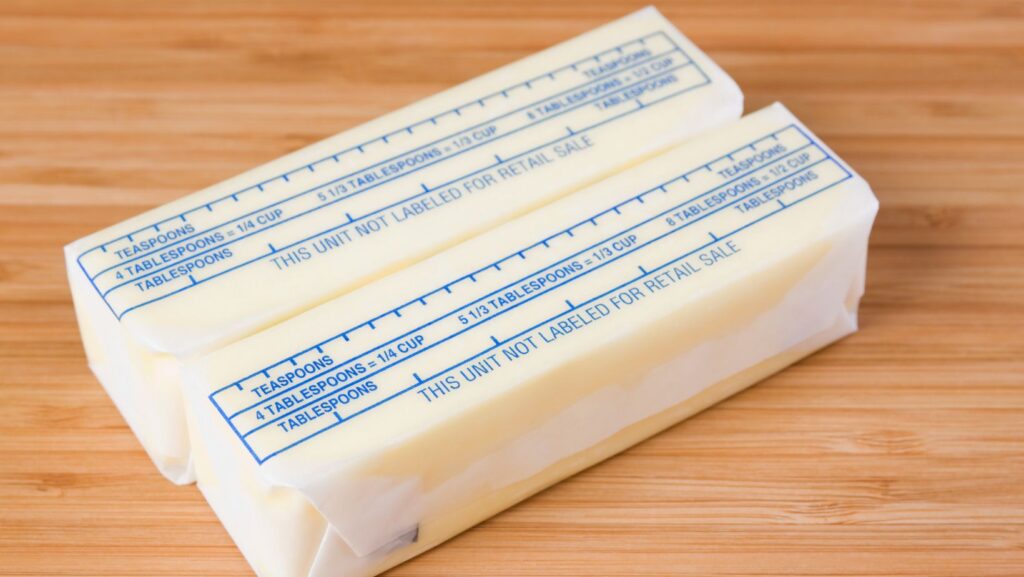In the ever-evolving landscape of the food industry, efficiency and precision are paramount. Butter, a staple in households and restaurants alike, is no exception to this trend. The integration of automation into butter packaging lines has revolutionized the way we produce and consume this beloved dairy product. But what exactly is driving this change, and how is modern butter packaging equipment at the heart of it all?
The Evolution of Butter Packaging
Traditionally, butter packaging was a labor-intensive process. Workers manually portioned, wrapped, and boxed butter, which not only slowed down production but also introduced the potential for human error and contamination. As demand grew, so did the need for a more efficient method of packaging.
Enter automation. With advancements in technology, butter packaging equipment has transformed from simple mechanical devices to sophisticated automated systems. These machines can handle everything from portioning and wrapping to labeling and boxing, all with minimal human intervention.
Efficiency and Speed: The Hallmarks of Automation
One of the most significant benefits of automated butter packaging equipment is the dramatic increase in production speed. Machines can operate continuously without fatigue, ensuring a consistent output that meets market demands. This efficiency not only boosts productivity but also reduces lead times, allowing companies to respond swiftly to changes in consumer demand.
For instance, an automated butter wrapping machine can package hundreds of units per minute, a feat impossible to achieve manually. This speed is crucial in maintaining a competitive edge in the market, where timely delivery can make or break customer relationships.
Consistency and Quality Control
Automation brings a new level of consistency to butter packaging lines. Machines are programmed to exact specifications, ensuring that each package meets the same standards in terms of weight, wrapping, and sealing. This uniformity is essential for brand integrity and customer satisfaction.
Moreover, modern butter packaging equipment often includes built-in quality control measures. Sensors and cameras can detect irregularities in packaging, such as incomplete seals or incorrect labeling, and remove defective products from the line. This proactive approach minimizes waste and prevents subpar products from reaching consumers.
Cost Savings Through Reduced Labor and Waste
While the initial investment in automated butter packaging equipment can be substantial, the long-term cost savings are significant. Automation reduces the need for manual labor, lowering payroll expenses and minimizing the risk of workplace injuries associated with repetitive tasks.
Additionally, automation enhances material utilization. Precise portioning and wrapping reduce product waste, and efficient use of packaging materials lowers costs and environmental impact. Over time, these savings can offset the initial expenditure on equipment and contribute to higher profit margins.
Enhanced Safety and Hygiene
In the food industry, maintaining high standards of hygiene is non-negotiable. Automated butter packaging equipment minimizes human contact with the product, significantly reducing the risk of contamination. Enclosed systems and sanitary designs ensure that the butter remains untouched from portioning to packaging.

Furthermore, automation reduces the potential for workplace accidents. Machines handle the heavy lifting and repetitive motions, decreasing the likelihood of strain injuries among workers. This not only protects employees but also reduces costs associated with workplace injuries.
Flexibility and Scalability
Modern butter packaging equipment is designed with flexibility in mind. Machines can be adjusted to handle different packaging sizes and formats, allowing companies to diversify their product offerings without significant retooling. This adaptability is crucial in a market where consumer preferences can shift rapidly.
Scalability is another key advantage. As demand grows, additional machines or modules can be integrated into the existing line, expanding capacity without overhauling the entire system. This modular approach allows businesses to scale operations in line with market demands efficiently.
Integration of Advanced Technologies
The future of butter packaging lies in the integration of advanced technologies such as the Internet of Things (IoT), artificial intelligence (AI), and robotics. These innovations further enhance the capabilities of automated butter packaging equipment.
- IoT enables machines to communicate with each other and with central control systems, allowing for real-time monitoring and optimization of the packaging line.
- AI can predict maintenance needs, adjust operations for maximum efficiency, and even anticipate market trends based on production data.
- Robotics brings precision and dexterity to tasks such as palletizing, where delicate handling is required.
These technologies not only improve efficiency but also provide valuable data insights that can drive strategic decision-making.
Overcoming Challenges
Despite the clear advantages, adopting automated butter packaging equipment comes with challenges. The initial cost can be a barrier for smaller producers. However, financing options and leasing can make these technologies more accessible.
Training is another consideration. Employees need to understand how to operate and maintain the new equipment. Investing in training ensures that staff can manage the technology effectively, minimizing downtime and maintenance issues.
Integration with existing systems may also pose challenges. It’s essential to choose equipment compatible with current operations or plan for a phased integration to minimize disruptions.
Sustainability Considerations
Automation can contribute to sustainability goals by reducing waste and improving energy efficiency. Precise portioning minimizes product waste, while optimized packaging reduces material usage. Energy-efficient machines lower the overall carbon footprint of the production process.
Companies that prioritize sustainability can leverage these benefits in their marketing, appealing to environmentally conscious consumers and differentiating themselves in the marketplace.
Real-World Success Stories
Several companies have successfully integrated automated butter packaging equipment with impressive results. For example, a mid-sized dairy producer implemented a fully automated packaging line, increasing their output by 50% while reducing labor costs by 30%. The consistency and quality of their products improved, leading to higher customer satisfaction and repeat business.

Another large-scale butter producer integrated IoT-enabled equipment, allowing for real-time monitoring and predictive maintenance. This proactive approach reduced downtime by 20%, ensuring a steady supply chain and reliable delivery schedules.
The Competitive Edge
In a competitive industry, staying ahead means embracing innovation. Automated butter packaging equipment provides that edge by enhancing efficiency, reducing costs, and improving product quality. Companies that adopt these technologies position themselves as industry leaders, ready to meet the challenges of today and the opportunities of tomorrow.
Conclusion
The role of automation in modern butter packaging lines cannot be overstated. From increasing efficiency and consistency to reducing costs and improving safety, automated butter packaging equipment is transforming the industry. As technology continues to advance, these systems will become even more integral to production processes.
For butter producers looking to stay competitive and meet the evolving demands of the market, investing in automated packaging equipment is a strategic move. Not only does it streamline operations, but it also sets the stage for future growth and innovation.
Embracing automation is not just about keeping up with the times; it’s about setting the pace for the future. With modern butter packaging equipment, companies can ensure they are not only meeting today’s demands but are also prepared for the challenges and opportunities that lie ahead.


